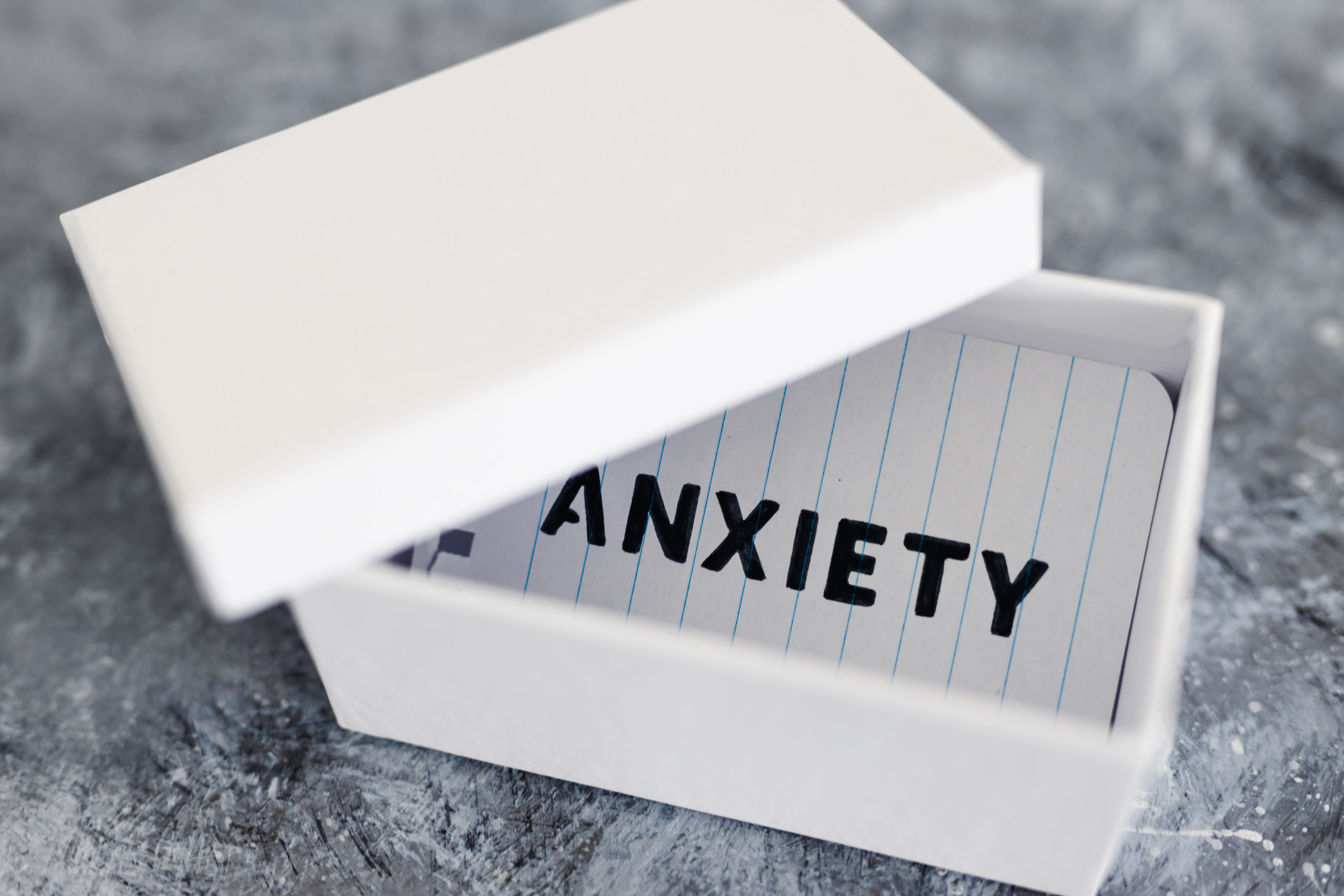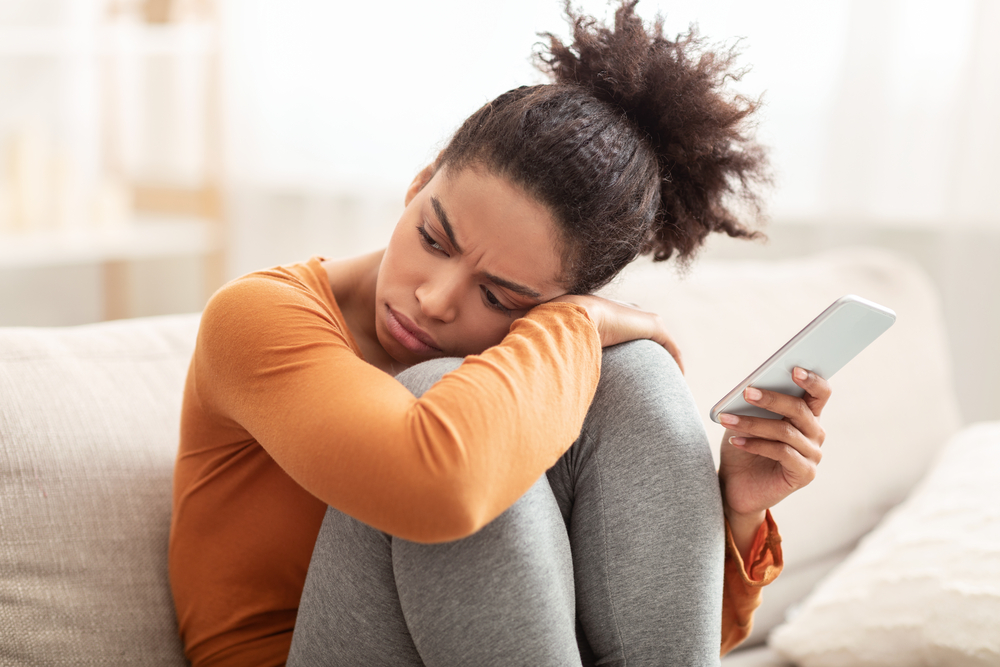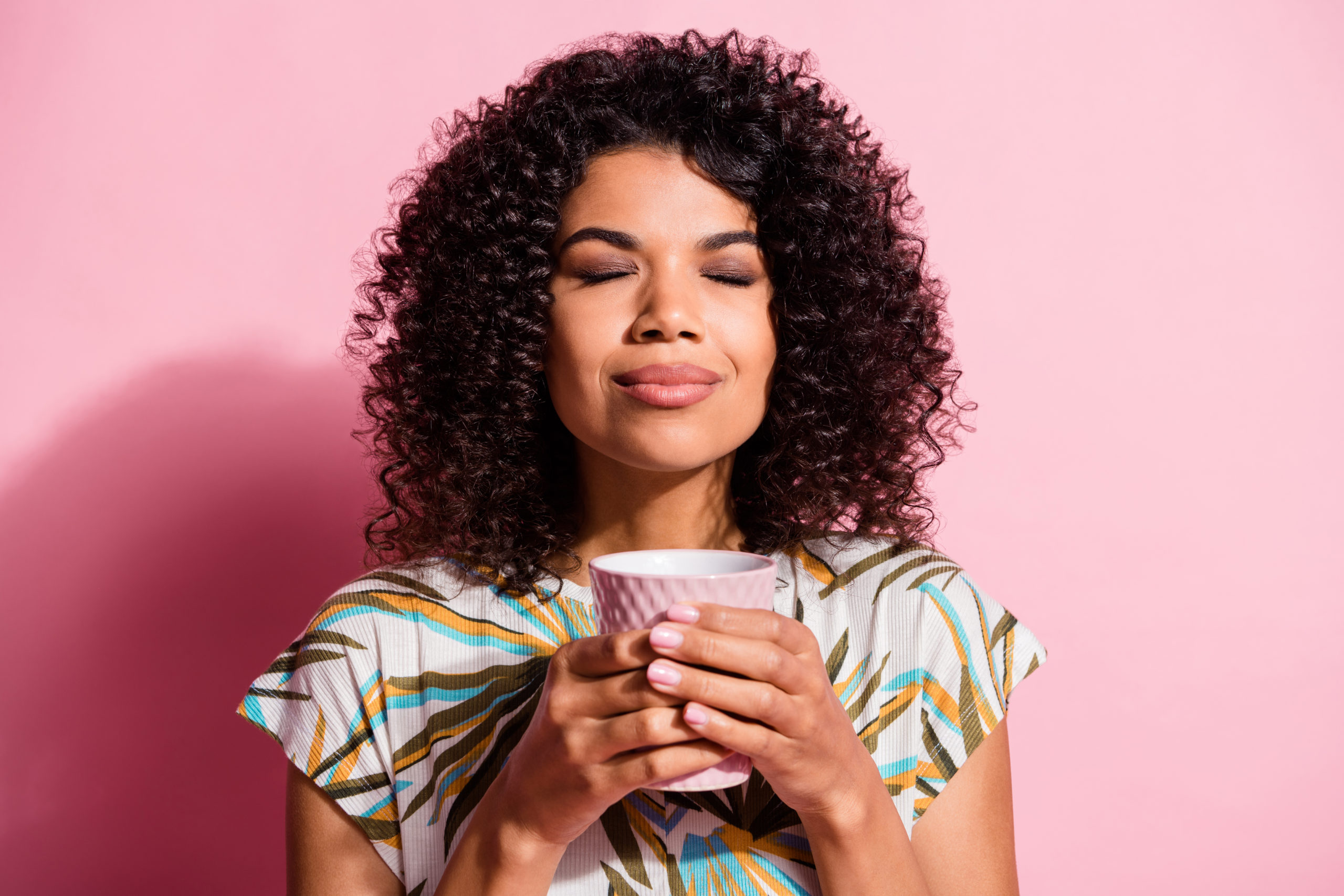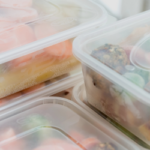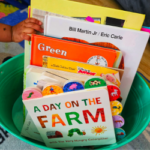It does not matter the severity of your anxiety (mild, moderate, severe); anxiety is a mental illness that can spiral out of control quickly if not managed right away; that’s why having an anxiety management toolbox is essential.
I have seen more than a few of my clients go from mild anxiety to moderate and even severe anxiety in just a matter of months, all because they did not take the mild anxiety they were experiencing seriously.
*This post contains affiliate links, at no additional cost to you I am compensated if you purchase after clicking on the links.

Coping skills such as deep breathing and counting to 10 are perfect tools to learn in case you need to calm yourself down from anxiety or other overwhelming emotions. However, these coping don’t always work for every situation. Sometimes a physical tool could be a more effective and necessary distraction in helping you to calm down.
Anxiety should be tended to even when it’s mild because there is a danger of having severe anxiety. The risk of having severe anxiety is that although psychotherapy approaches alone are effective most of the time, there is a possibility that psychotherapeutic approaches alone will not be enough to treat the anxiety once it has become severe.
When your anxiety is severe enough to the point where it affects your level of functioning, such as your relationships, work, and school life, medications are introduced to your treatment.
Now I am not knocking down medications; if you need it, you need it. There is absolutely nothing wrong with taking psychiatric drugs for your mental illness; you can always work your way off of them. The challenge in taking some of these medications is the risk that usually comes with taking them.
Here’s what I mean. The most commonly prescribed anti-anxiety medications are benzodiazepines, such as Xanax, Klonopin, Valium, etc., which can cause physical dependence.
Yes, although benzodiazepines are effective and work right away at helping to reduce your anxiety symptoms. In taking benzodiazepines, you risk becoming physically dependent upon them.
That’s why as a psychotherapist, my clients and I always work together on reducing anxiety symptoms naturally before referring them out for a medication evaluation.
Why you need a physical toolbox
This is where an anxiety toolkit comes in. In helping to manage anxiety symptoms, I always advise that my clients create an anxiety toolkit that they can refer to when their coping skills aren’t working. And they feel like they need something tangible to help them focus on calming down when they’re experiencing high levels of anxiety and other overwhelming feelings.
How to create an anxiety toolkit
Creating an anxiety toolkit is simple. All you need is a medium storage container, basket, or box. In your anxiety toolkit, you’re going to add items associated with the 54321 coping method for anxiety. This method uses your five senses to help you stay focus on the present moment.
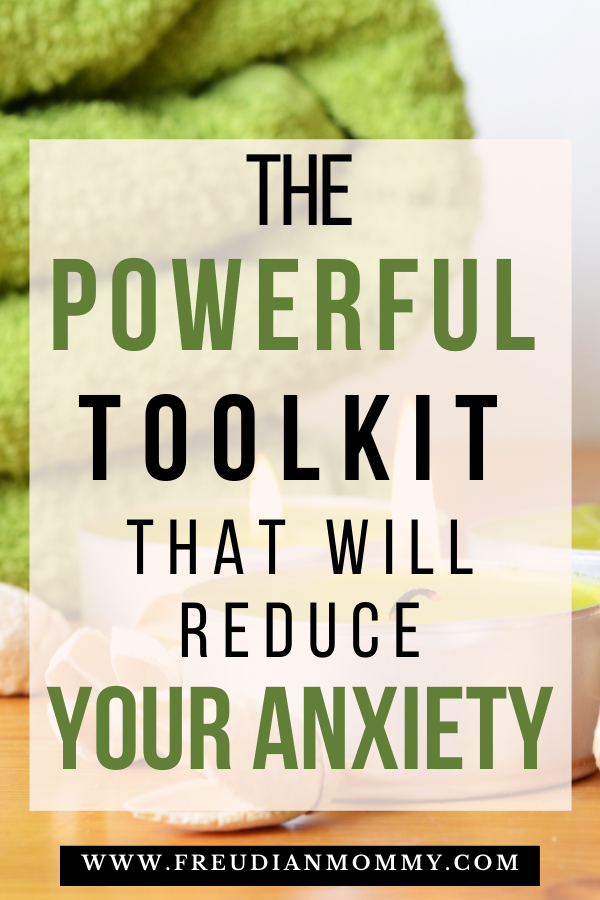
Items to add in your anxiety toolkit
5 things you can see:
As you’re getting to your anxiety toolkit that you have placed in a light traffic and calming area, look around you and name 5 things you can see.
- pictures on the wall
- the blue things you see
- the circle objects in the room
- the shape of the clouds
4 things you can touch:
Once you have reached your anxiety coping box, inside this kit should be 4 things you can touch. Work your way to each object in this category until you start to calm down.
- Hoberman sphere toy– This is a popular one in my office as most of my clients with high anxiety gravitate towards this fidget toy.
- Stress ball
- A soft blanket
- Play dough
- Sand
- A rock
- Slime
- Sandpaper
3 things you can hear:
If you’re still not calm after working your way through steps 5 and 4, continue to 3 things you can hear, where you can focus on the sound.
And again if you still find yourself anxious after listening to three different sounds, move on to the next step, which is:

2 things you can smell
- Potpourri
- Mini wax candles
- Aromatherapy spray
- Essential oil roll on
And lastly,
1 thing you can taste
- Lemon head candy
- Jolly rancher hard candy
- Sour patch kids
My perspective as a psychotherapist
You can also add items such as a coloring book and crayons, a favorite book that you only read when you open this kit, a magazine, and a book of word puzzles, which is my personal favorite. If you have finished following the whole 54321 grounding technique method and find that it didn’t work, you can then turn to these additional items that you have added to your toolkit to reduce your anxiety.
The idea is to add things that you enjoy into this anxiety toolkit. You can also change the items in your anxiety toolbox once you start to get bored or find that something isn’t working for you anymore.
Do you have an anxiety toolkit? If so, what are two things that you look forward to using when you open your toolkit?

